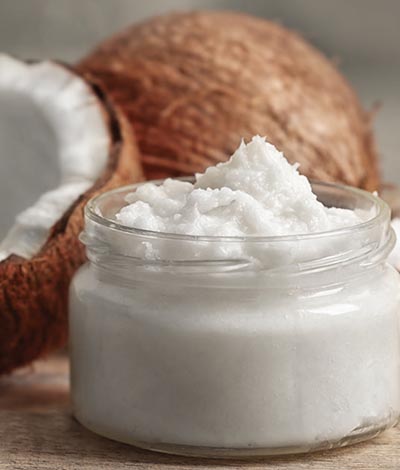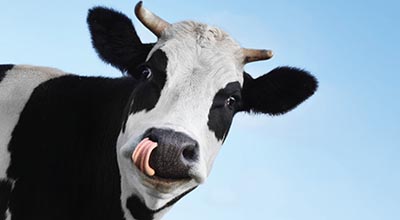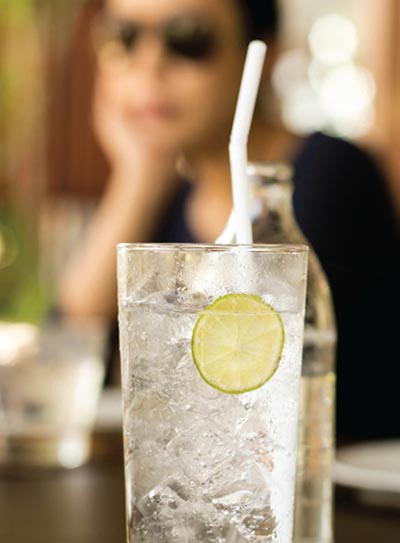Quick Studies: A snapshot of the latest research on diet, exercise, and more

Dudarev Mikhail - stock.adobe.com.
Coconut Oil Comes Up Empty

Is coconut oil harmless, even though its fat is 90 percent saturated?
Researchers analyzed 14 randomized controlled trials that pitted coconut oil against non-tropical vegetable oils like soybean, canola, and olive. Compared with those oils, coconut oil raised LDL (“bad”) cholesterol by 11 points.
Coconut oil did raise HDL (“good”) cholesterol, but genetic studies and trials testing HDL-raising drugs have failed to show that HDL protects the heart, noted an editorial published with the new study. Coconut oil’s main fat, lauric acid, is sometimes called a medium-chain fat, but biologically, it acts more like a long-chain saturated fat, added the editorial.
The researchers found no evidence that coconut oil lowers body weight, body fat, blood sugar, or inflammation, as some enthusiasts claim.
What to do: Aim for a diet rich in unsaturated rather than saturated fats.
Circulation. 2020. doi:10.1161/CIRCULATIONAHA.119.043052 & 10.1161/CIRCULATIONAHA.119.044687.
Mmm... Smells Good!

Do aromas alter how much people eat? Italian scientists had 30 women with obesity sit in a room with or without a mild bread fragrance (dispersed from a vaporizer) for 15 minutes. After sitting in the scented room, the women ate about 25 percent more vegetable soup than after sitting in the unscented room.
What to do: Be aware that appealing aromas may make you eat more.
Front. Psychol. 2019. doi:10.3389/fpsyg.2019.00007.
Dairy Fat Makeover

Dairy fat raises LDL (“bad”) cholesterol, boosting the risk of heart disease. Could farmers give milk a makeover?
British researchers asked 54 people to consume about 1½ cups of milk, 1½ oz. of cheddar cheese, and 1½ tablespoons of butter every day. Each food was made from either ordinary milk or higher-monounsaturated-fat milk (from cows fed high-oleic sunflower oil). The volunteers got about 7 more grams of monounsaturated fat and 6 fewer grams of saturated fat per day on the higher-mono foods.
After 12 weeks, LDL had risen by 7 points on the ordinary dairy foods, but by only 1 point on the higher-mono dairy foods. What’s more, the participants’ blood vessels were better able to dilate on the high-mono dairy.
What to do: Until healthier dairy milks hit the market, stick with 1% or fat-free. Better yet, try one of our plant-milk Best Bites, which may help lower LDL.
Am. J. Clin. Nutr. 2020. doi:10.1093/ajcn/nqz344.
Want More Calories? Have a Coke!

Does downing a sugary or diet drink make you eat less—or more—of a sweet or salty snack?
Researchers fed 51 people the same lunch with one of four (labeled) beverages—ordinary water, sparkling water, diet cola, or sugary cola—on four occasions. Each time, the people had 10 minutes to eat a 225-calorie cheese sandwich with half the drink plus 10 minutes to finish the drink and eat as many corn chips and chocolate chip cookie pieces as they wanted.
Corn chip consumption didn’t vary. In contrast, people did eat fewer cookies with the sugary cola, but its 210 calories gave their lunches more calories (675) than their lunches with diet cola (495), sparkling water (510), or ordinary water (515).
What to do: Water is best, but any calorie-free beverage beats a sugary drink.
Appetite. 2020. doi:10.1016/j.appet.2020.104631.
Photos: stock.adobe.com: Africa Studio, LIGHTFIELD STUDIOS, Dudarev Mikhail, bignai.

